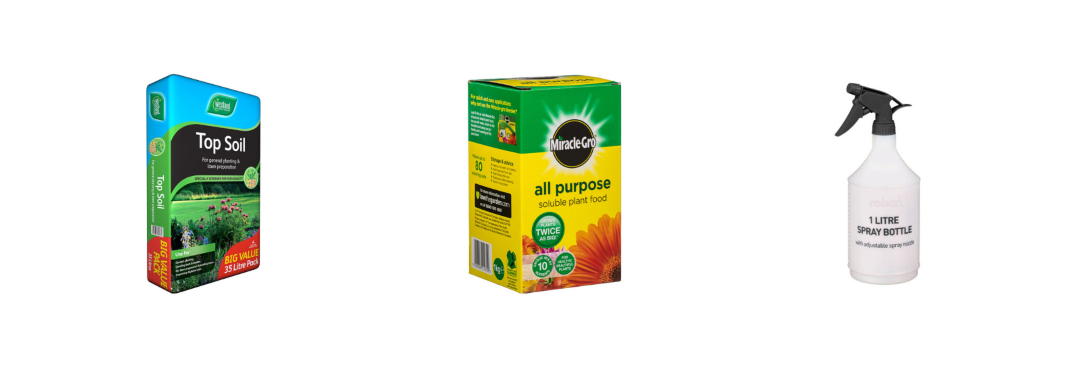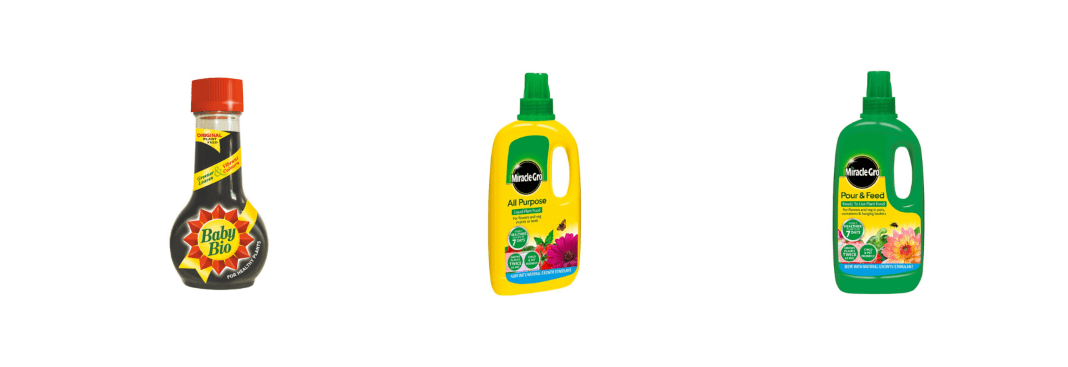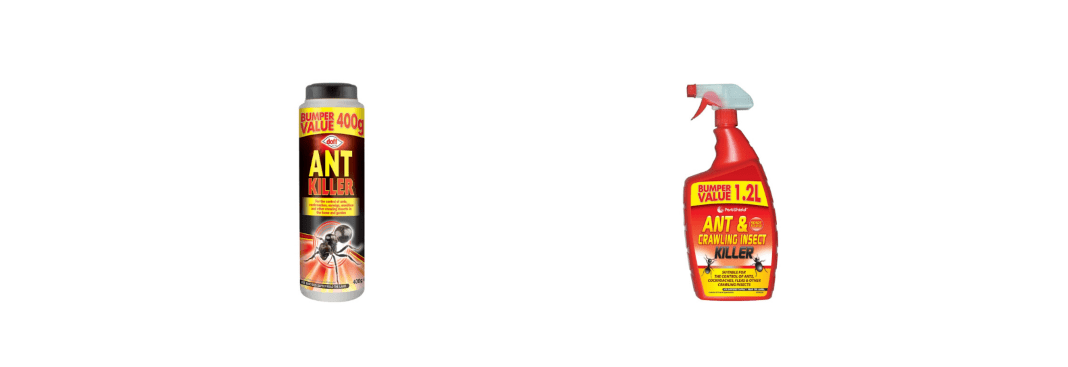The Ultimate Guide to Caring for Indoor Plants
27 July 2020

If you’re one of the UK’s ever-growing cohort of indoor gardeners, you’re probably keen to know how to keep your leafy friends healthy. In this article, we’ll explain the basics of house plant care - making your job as easy and fulfilling as possible.
Invest in Good Quality Soil
Good soil is one of the most important aspects of the care of potted plants. Whatever you use needs to be highly nutritious.
For best results, mix a little compost into your potting soil, or add a small amount of specialist plant food to provide a little boost.
B&M Top Tip: Some house plants prefer soil that is compacted, while others like it loose and clump-free. Do you research before you begin.
Keep them Hydrated
Regular watering is vital for the health of your plants, but some need more than others. As a general rule, flooding your plants too often can drown them - so use a spray bottle to keep the soil moist but not wet.

Tropical plants like the snake plant are used to dry environments, so you shouldn’t water them more than once a fortnight.
Other popular house plants like peace lilies and spider plants require a little more care - especially in the first year - so you should water them at least weekly.
B&M Top Tip: Tropical plants often prefer a greater amount of light too. Research each genus to check whether they require low light, bright indirect light or full sunlight.
Don’t Forget to Fertilize
You can keep adding liquid food throughout a plant’s life to help it grow strong, healthy and vibrant.
Certain types of food are designed for different environments such as pots or hanging baskets, so make sure you pick the right type.

Keep Bugs & Pests Away
While indoor plants are less likely to be attacked than outdoor varieties, you can still find aphids and parasites going to town on your prized leaves if you’re unlucky.
Combat the pests by spreading anti-insect powder or spritzing your plants with a pesticide spray.

B&M Top Tip: Some insecticides can be very dangerous if ingested by pets or children, so be sure to read all labels and keep chemicals and treated plants out of reach if in doubt.
Be Careful when Repotting
When your plant becomes too big for its environment, it’s time to move it to a new, bigger pot or planter.
Be gentle as you do this so as not to “shock” the plant, and make sure the transfer is relatively speedy. Try to keep as much of the root system intact as you possibly can.
It’s important to make sure that all pots have good drainage holes so that your plants’ roots don’t rot. You may want to place a layer of pebbles or broken pot in the base of the new container to make drainage even easier.
B&M Top Tip: Make sure the new pot is clean, as mould and disease can spread from residue on used containers.
Caring for indoor plants is easy - just make sure you use nutritious soil, add water and fertiliser regularly, protect from pests and take care when repotting.
B&M Top Tip: Check out our gorgeous range of decorative planters to add a little flair to your indoor foliage.
Proud of your house plants? Share images and care tips with the B&M Community via Twitter, Facebook or Instagram!


